As we age, it’s important to create a safe and comfortable outdoor space that we can enjoy. Landscaping can be a great way to transform your yard into a beautiful and functional space that meets your needs. With a few DIY landscaping ideas, seniors can create a space that is not only beautiful but also easy to maintain and navigate.
Understanding landscaping for seniors is the first step in creating a safe and enjoyable outdoor space. Seniors may have different needs when it comes to their outdoor space, such as mobility issues or the need for shade and rest areas. By designing a landscape that takes these needs into account, seniors can create a space that is both functional and beautiful.
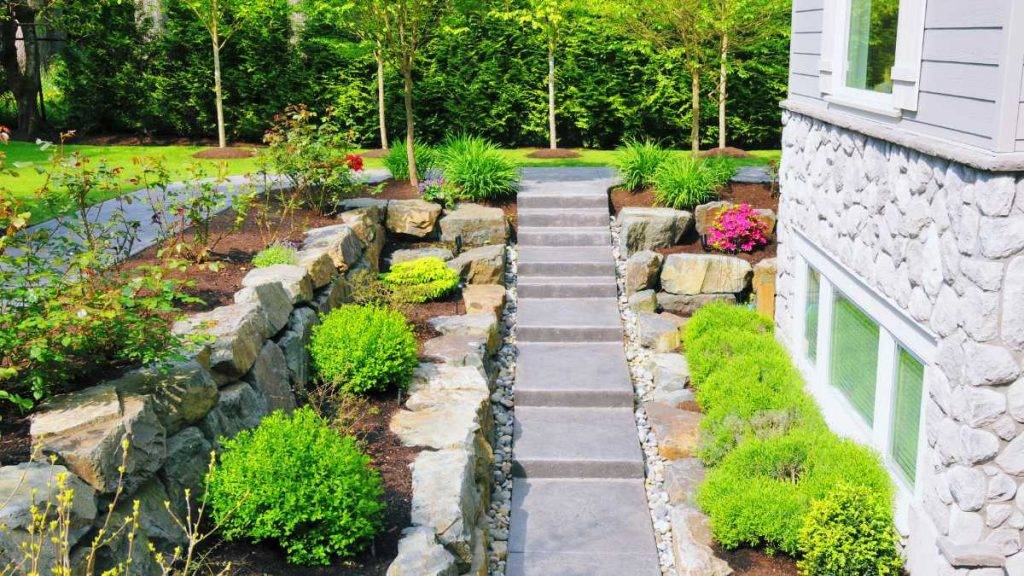
When it comes to DIY landscaping, having the right tools is essential. Essential tools for DIY landscaping include a good pair of gloves, pruning shears, a shovel, and a wheelbarrow. These tools can help seniors maintain their outdoor space and make gardening tasks easier. By incorporating mobility-friendly features and choosing the right plants, seniors can create a beautiful and functional outdoor space that they can enjoy for years to come.
Key Takeaways
- Understanding landscaping for seniors is essential for creating a safe and enjoyable outdoor space.
- Essential tools for DIY landscaping include gloves, pruning shears, a shovel, and a wheelbarrow.
- By incorporating mobility-friendly features and choosing the right plants, seniors can create a beautiful and functional outdoor space.
Understanding Landscaping for Seniors
As we age, our physical abilities change, and we may find ourselves needing to adapt our living spaces to accommodate these changes. Landscaping is no exception. A well-designed landscape can provide a safe and enjoyable outdoor space for seniors to relax, exercise, and connect with nature. In this section, we will explore some key considerations for designing a senior-friendly landscape.
Accessibility
Accessibility is a critical factor in designing a landscape for seniors. We want to ensure that the outdoor space is easy to navigate and use, regardless of physical ability. Some key considerations for accessibility include:
- Flat surfaces: Ensure that walkways and paths are flat and even, with no tripping hazards. Avoid using materials like gravel or cobblestones that can be difficult to walk on.
- Handrails: Install handrails on steps and slopes to provide support and stability.
- Wheelchair access: If you or a loved one uses a wheelchair, ensure that the landscape is designed with wide paths and ramps that are easy to navigate.
Safety
Safety is another critical consideration when designing a landscape for seniors. We want to ensure that the outdoor space is safe and free from hazards. Some key considerations for safety include:
- Lighting: Ensure that the outdoor space is well-lit, especially at night. This can help prevent falls and other accidents.
- Non-slip surfaces: Use non-slip materials on walkways, steps, and other surfaces to prevent slips and falls.
- Clear pathways: Keep pathways clear of clutter and debris to prevent tripping hazards.
Low Maintenance
As we age, it can become more challenging to maintain a landscape. We want to ensure that the outdoor space is easy to care for and low maintenance. Some key considerations for low maintenance include:
- Native plants: Choose plants that are native to your area and require minimal maintenance.
- Mulch: Use mulch to help retain moisture and reduce the need for watering.
- Automatic irrigation: Install an automatic irrigation system to help keep plants watered without the need for manual watering.
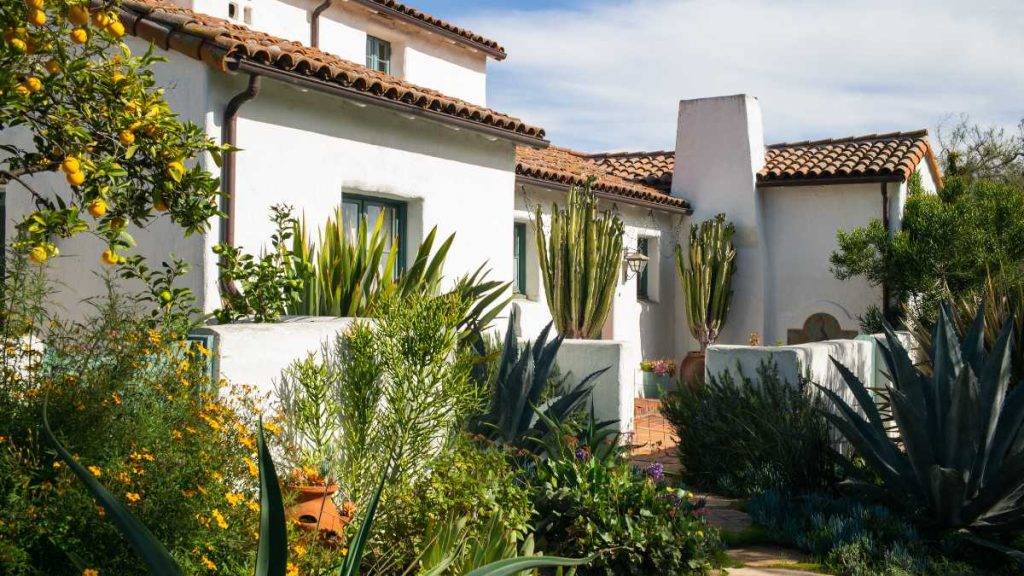
In summary, designing a senior-friendly landscape requires careful consideration of accessibility, safety, and maintenance. By following these guidelines, we can create an outdoor space that is safe, enjoyable, and easy to care for.
Essential Tools for DIY Landscaping
When it comes to DIY landscaping, having the right tools is essential. Not only can it save you time and effort, but it can also ensure that you achieve the results you want. Here are some essential tools that we recommend for any senior or elderly person looking to start a landscaping project:
Garden Tools
Garden tools are a must-have for any DIY landscaping project. Some of the essential garden tools that we recommend include:
- Hand Trowel: This is a small tool that is used for digging small holes, transplanting seedlings, and removing weeds.
- Pruning Shears: These are used for trimming and shaping plants, shrubs, and small trees.
- Garden Fork: This tool is used for digging and turning soil, as well as for breaking up clumps of dirt.
- Garden Rake: This is used for leveling soil, removing debris, and spreading mulch.
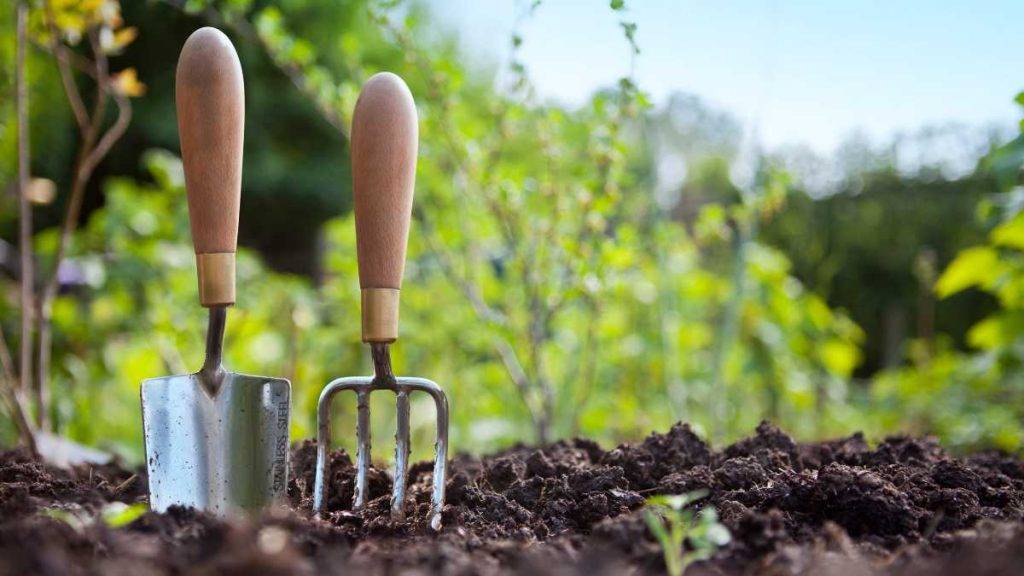
Heavy Lifting Tools
Landscaping often involves heavy lifting, so it’s important to have the right tools to make it easier. Some of the essential heavy-lifting tools that we recommend include:
- Wheelbarrow: This is used for transporting heavy materials such as soil, mulch, and rocks.
- Garden Cart: This is similar to a wheelbarrow but has four wheels and is easier to maneuver.
- Shovel: This is used for digging and moving large amounts of soil, mulch, and rocks.
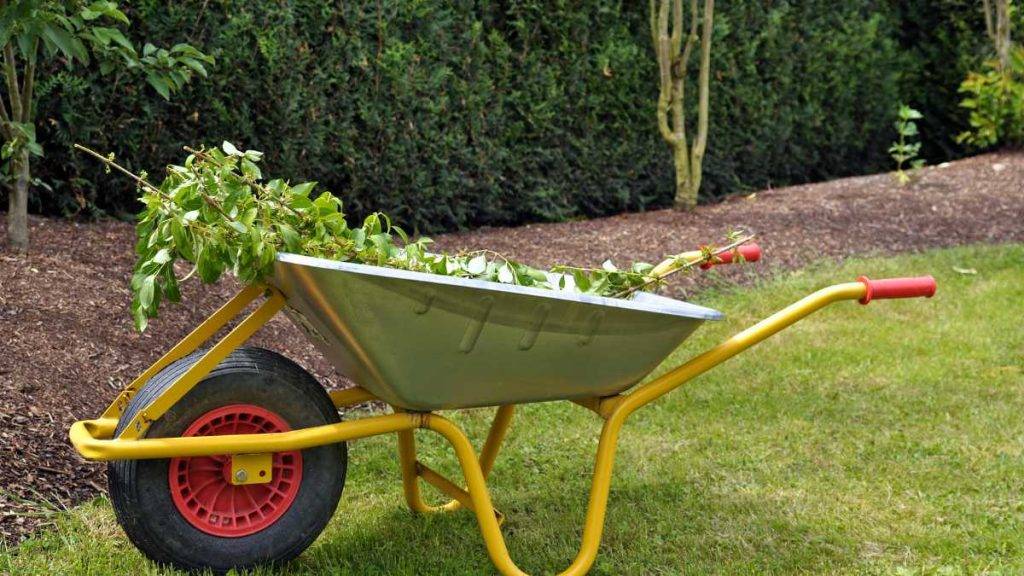
Other Tools
In addition to garden tools and heavy lifting tools, there are some other tools that can come in handy for DIY landscaping projects. These include:
- Gloves: These are essential for protecting your hands from cuts, scratches, and blisters.
- Kneeling Pad: This is used for kneeling on when working close to the ground.
- Safety Glasses: These are used for protecting your eyes from debris and flying objects.
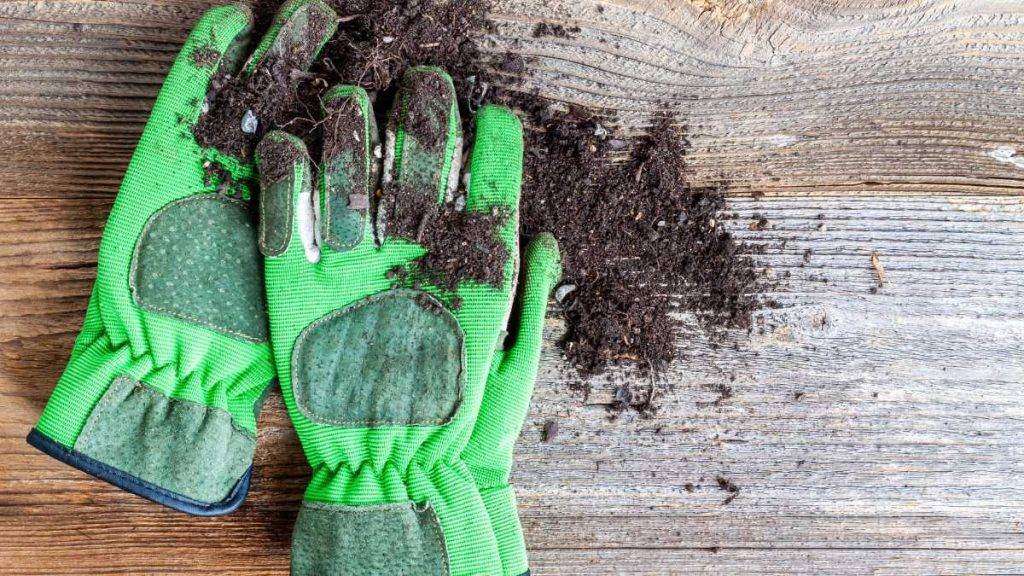
Having these essential tools will make your DIY landscaping project much easier and more enjoyable. Remember to always use these tools safely and to take breaks when needed.
Designing Safe Outdoor Spaces
When designing outdoor spaces for seniors, safety is a top priority. We want to make sure that seniors can enjoy their outdoor space without worrying about tripping hazards or other safety concerns. Here are some tips for designing a safe outdoor space for seniors:
Walkways
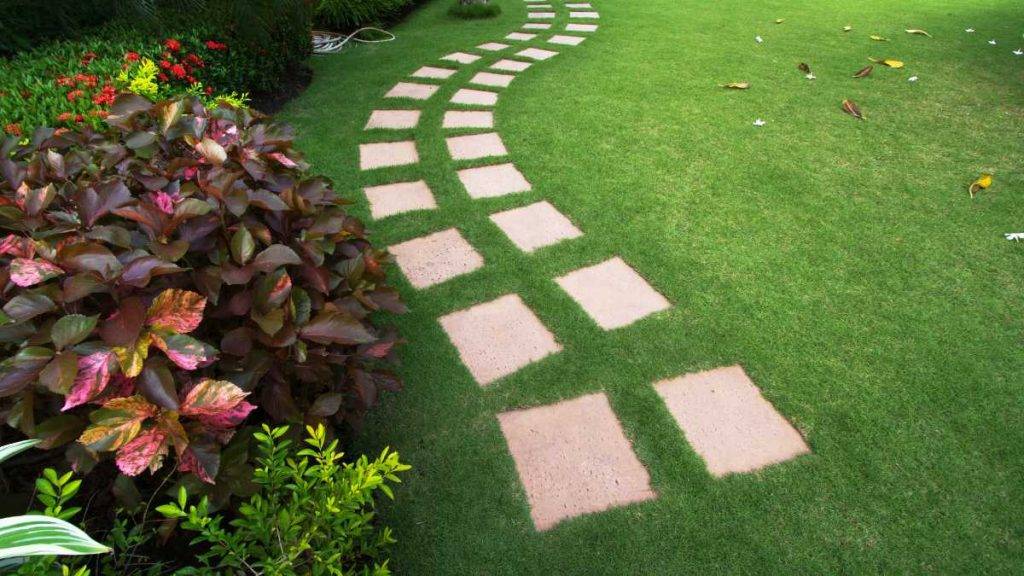
Walkways should be flat and free of tripping hazards. Uneven surfaces, such as loose stones or bricks, can be dangerous for seniors. It is important to make sure that walkways are well-maintained and free of debris. If necessary, consider installing a ramp to make it easier for seniors to access different parts of the outdoor space.
Ramps
Ramps are a great way to make outdoor spaces more accessible for seniors. If you have steps leading up to a porch or patio, consider installing a ramp to make it easier for seniors to enter and exit the space. Ramps should be well-maintained and have handrails to provide support and stability.
Handrails
Handrails are an important safety feature for outdoor spaces. They provide support and stability for seniors as they navigate the space. Handrails should be installed on all ramps and steps, and should be sturdy and well-maintained.
Lighting
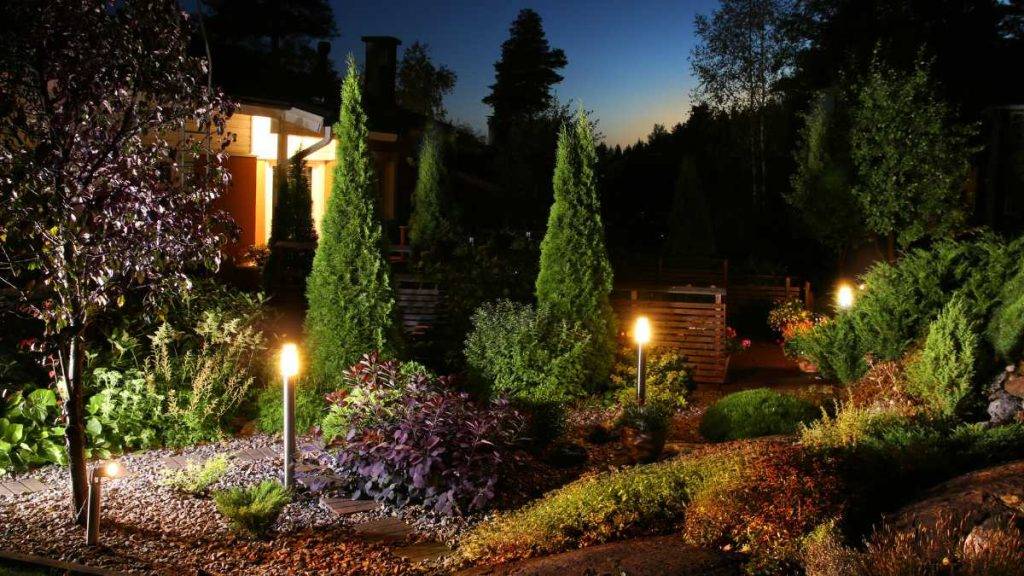
Lighting is important for outdoor spaces, especially for seniors. Adequate lighting can help prevent tripping hazards and make it easier for seniors to navigate the space. Consider installing motion-sensor lights near walkways and entrances to the outdoor space.
Seating
Seating is important for outdoor spaces, especially for seniors who may need to take breaks or rest. Make sure that there is plenty of seating available, and that it is sturdy and well-maintained.
In summary, designing safe outdoor spaces for seniors requires careful consideration of walkways, ramps, handrails, lighting, and seating. By taking these factors into account, we can create outdoor spaces that are enjoyable and safe for seniors to use.
Incorporating Mobility-Friendly Features
When designing a landscape for seniors or the elderly, it’s important to consider mobility limitations. We want to create a space that is accessible and easy to navigate for everyone. Here are some features to consider when designing a mobility-friendly landscape:
Paths and Walkways
Paths and walkways should be wide enough to accommodate walkers, wheelchairs, and other mobility aids. We recommend a minimum width of 36 inches. The surface should be smooth and level, with no tripping hazards. Non-slip surfaces are also important to prevent slips and falls.
Seating
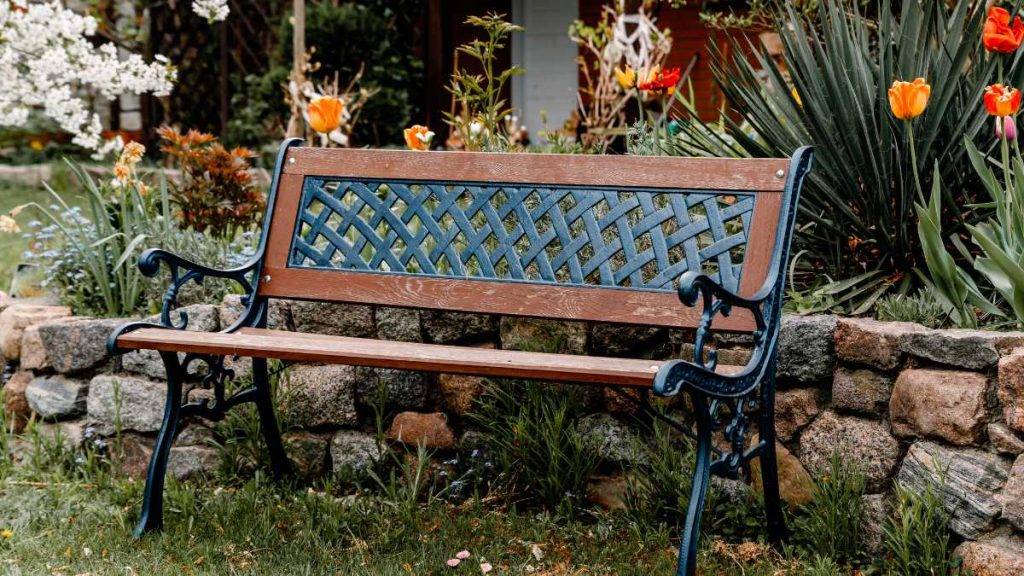
Seating is essential in any landscape, but it’s especially important for seniors. We want to provide plenty of comfortable seating options throughout the garden. Benches, chairs, and even swings can provide a place to rest and enjoy the scenery.
Shade
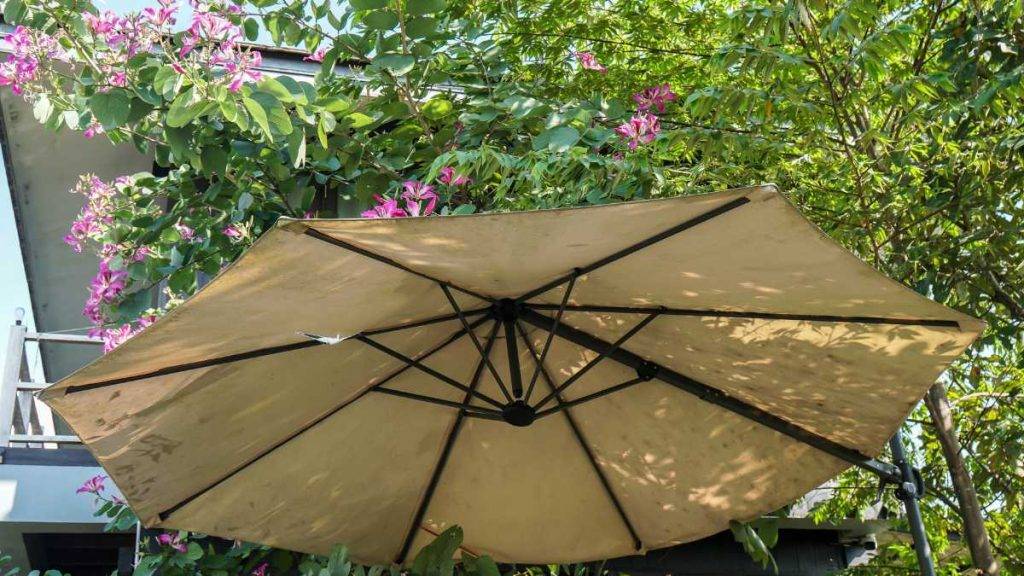
Shade is another important consideration for seniors. We want to provide plenty of shade options to protect them from the sun’s harmful rays. Trees, pergolas, and umbrellas are all great options for creating shade in the garden.
Raised Beds
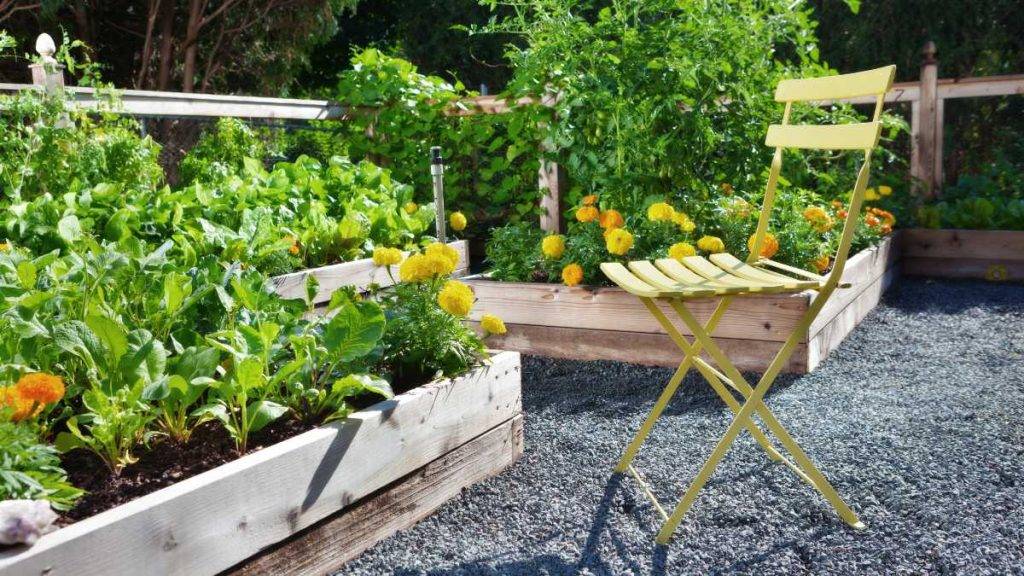
Raised beds are a great option for seniors who have difficulty bending or kneeling. They allow for easy access to plants and reduce the strain on joints. We recommend a height of 24 inches or less for easy access.
By incorporating these mobility-friendly features, we can create a landscape that is safe and enjoyable for everyone.
Choosing the Right Plants
When it comes to landscaping for seniors, choosing the right plants is crucial. We want to make sure that the plants we choose are easy to maintain, safe, and visually appealing. Here are some factors to consider when selecting plants for a senior-friendly garden:
Low Maintenance Landscaping
Low-maintenance plants are a great option for seniors who may not be able to spend a lot of time tending to their garden. Look for plants that require minimal watering, pruning, and fertilizing. Native plants are often a good choice since they are adapted to the local climate and require less maintenance.
Color
Adding pops of color to a garden can make it more visually appealing. Consider planting annuals or perennials in bright colors to add interest to the landscape. However, be mindful of color combinations and avoid clashing colors that can be overwhelming.
Garden Beds and Containers
Raised garden beds and containers are a great option for seniors who may have difficulty bending or kneeling to tend to their plants. They also allow for better control over soil quality and drainage. When selecting containers, choose ones that are lightweight and easy to move around.
Vegetable Garden
Growing vegetables is a great way for seniors to stay active and healthy. Consider planting vegetables that are easy to grow and maintain, such as tomatoes, peppers, and herbs. Raised garden beds are a great option for vegetable gardens as they make it easier to tend to the plants and can be designed to be accessible for seniors.
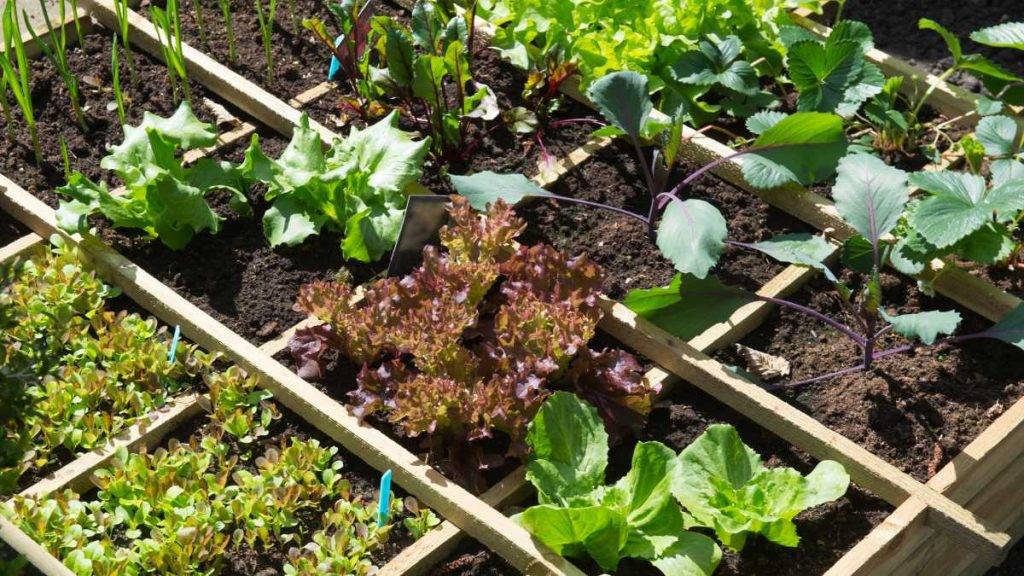
Wildlife and Indigenous Plants
Including plants that attract wildlife, such as birds and butterflies, can add interest to a garden and provide a sense of connection to nature. Consider planting indigenous plants that are adapted to the local climate and support local wildlife populations.
In conclusion, selecting the right plants is key to creating a senior-friendly garden. By considering factors such as low maintenance, color, garden beds and containers, vegetable gardens, and indigenous plants, we can create a beautiful and functional landscape that is easy for seniors to maintain.
Container and Raised Bed Gardening
Container and raised bed gardening are excellent options for seniors who want to enjoy gardening without having to worry about bending or kneeling. These types of gardening allow us to grow plants in containers or raised beds, making it easier for us to reach and care for them.
Container Gardening
Container gardening is perfect for seniors who have limited space or mobility. This type of gardening involves planting in containers, such as pots or hanging baskets, and it allows us to grow plants on balconies, patios, or even indoors. Container gardening is also great for those who want to grow specific plants that require different soil types or sun exposure than what is available in their yard.
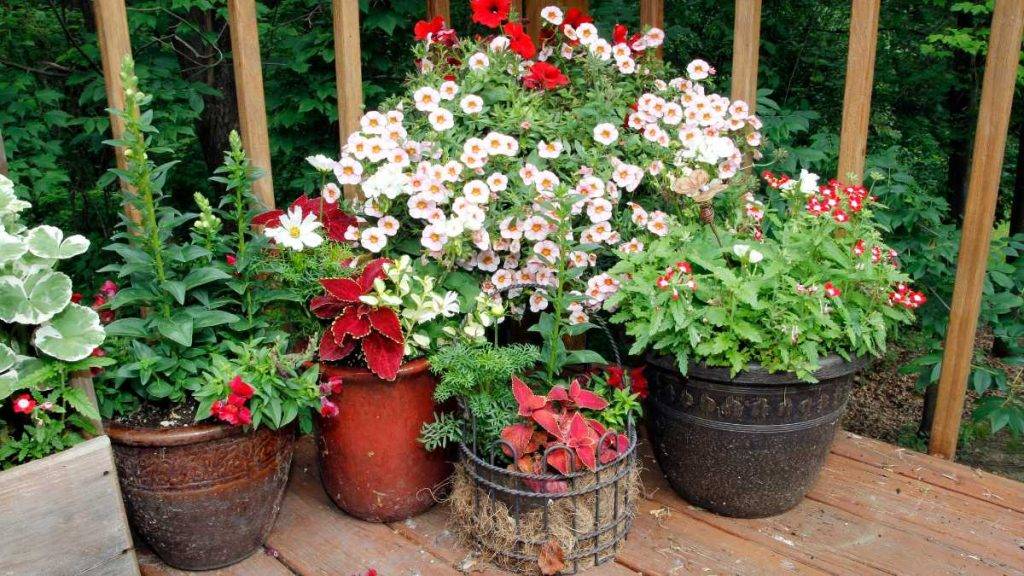
When choosing containers, it’s important to consider the size and material. Larger containers hold more soil and require less frequent watering, while smaller containers are easier to move around. Plastic containers are lightweight and easy to clean, while ceramic or terra cotta containers are heavier but provide better insulation for the plants.
Some great plants for container gardening include herbs, salad greens, tomatoes, and peppers. These plants are easy to grow and don’t require a lot of space.
Raised Bed Gardening
Raised bed gardening involves planting in beds that are elevated off the ground, making it easier for us to reach and care for the plants. Raised beds can be made from a variety of materials, including wood, stone, or even recycled materials such as old tires.
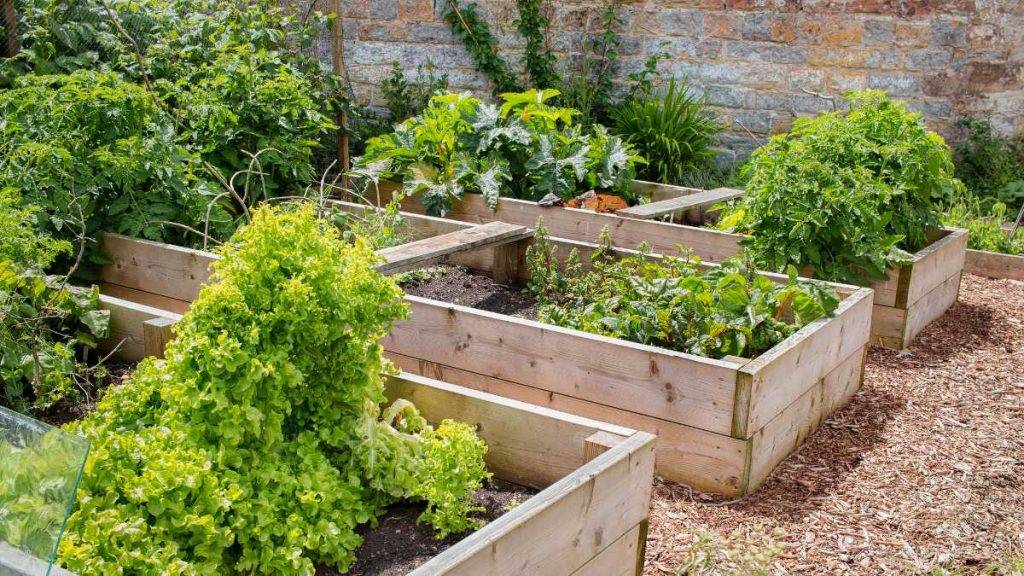
When building a raised bed, it’s important to consider the size and height. A raised bed that is too small may not provide enough space for the plants to grow, while a bed that is too high may be difficult to reach. A height of 18-24 inches is ideal for most plants.
Raised bed gardening is great for those who want to grow vegetables or flowers in a specific area of their yard, and it’s also perfect for those with limited mobility. It allows us to control the soil quality and drainage, which can lead to healthier plants.
Some great plants for raised bed gardening include root vegetables, such as carrots and potatoes, as well as tomatoes, peppers, and herbs. These plants require more space than container plants, but they are still easy to care for and provide a bountiful harvest.
In conclusion, container and raised bed gardening are excellent options for seniors who want to enjoy gardening without the physical strain. These types of gardening allow us to grow a variety of plants in a small space, and they are easy to care for and maintain.
Creating Wildlife-Friendly Landscapes
As we age, we may find ourselves spending more time in our yards, enjoying the sunshine and fresh air. One way to make our outdoor spaces even more enjoyable is by creating a wildlife-friendly landscape. Not only does this add beauty and interest to our yards, but it also supports the local ecosystem.
Incorporating Native Plants
One of the best ways to attract wildlife to your yard is by incorporating native plants into your landscape design. Native plants are those that are indigenous to your region and have evolved alongside the local wildlife. These plants provide food and shelter for birds, insects, and other animals.
When selecting plants for your landscape, consider choosing a mix of trees, shrubs, and flowering plants. Some examples of native plants you might consider include:
- Milkweed
- Black-eyed Susan
- Coneflower
- Goldenrod
- Dogwood
- Oak
- Maple
Providing Food and Water
In addition to incorporating native plants, you can also provide food and water sources for wildlife. Bird feeders and bird baths are two easy ways to attract birds to your yard. You might also consider planting berry bushes or fruit trees to provide food for birds and small mammals.
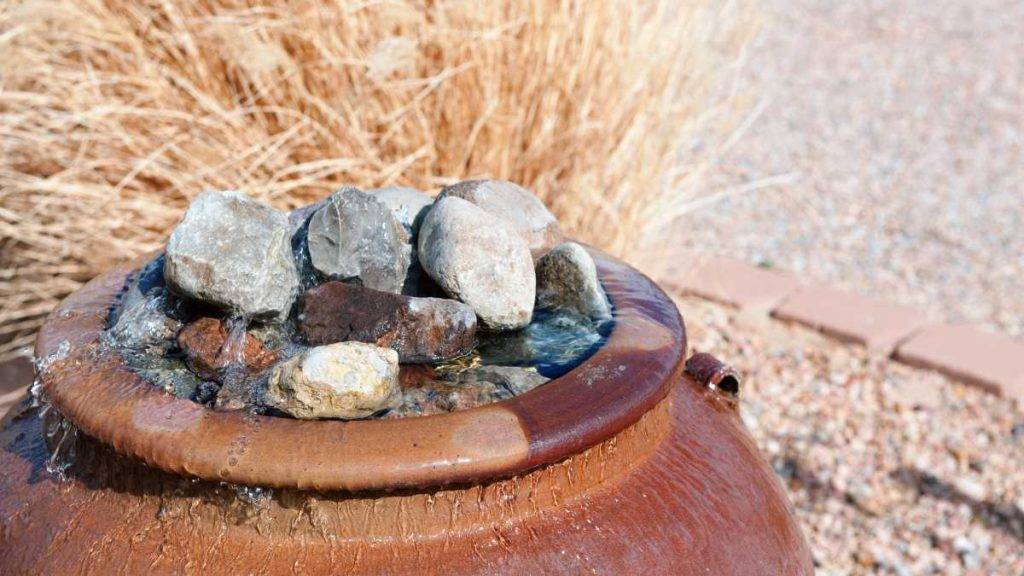
When it comes to water, a simple bird bath or fountain can do the trick. Be sure to keep the water clean and fresh, and consider providing a shallow area for smaller animals to drink from.
Avoiding Harmful Chemicals
When creating a wildlife-friendly landscape, it’s important to avoid using harmful chemicals. Pesticides and herbicides can be toxic to wildlife and contaminate your yard’s soil and water. Instead, consider using natural pest control methods like companion planting and integrated pest management.
By incorporating native plants, providing food and water sources, and avoiding harmful chemicals, you can create a beautiful and wildlife-friendly landscape that you can enjoy for years to come.
Practical Landscaping Materials
When it comes to landscaping for seniors, it’s important to choose materials that are practical, low maintenance, and safe. Here are some materials that we recommend:
Mulch
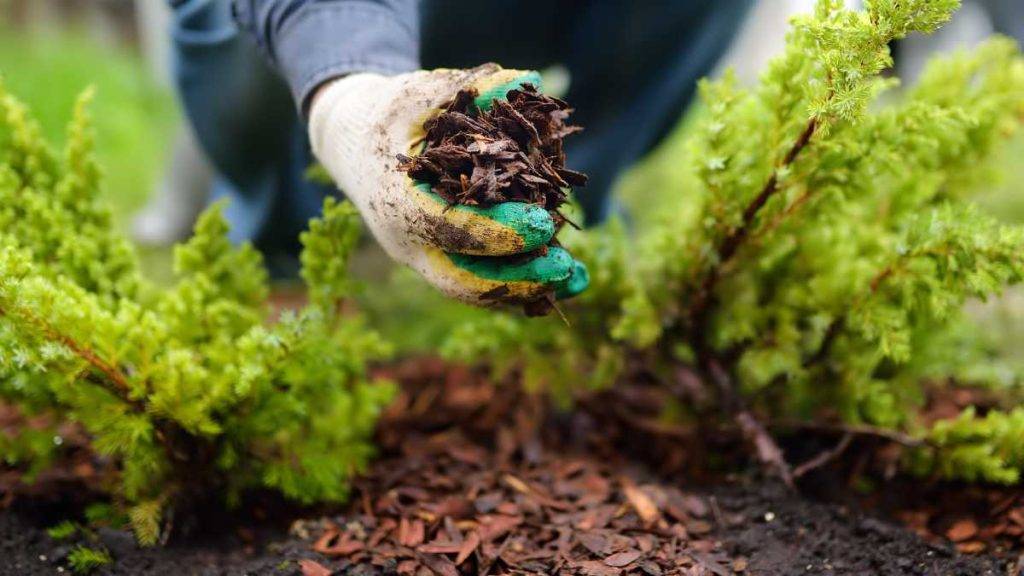
Mulch is a great material for seniors’ gardens because it helps to retain moisture in the soil, reduce weed growth, and regulate soil temperature. We recommend using a natural mulch, such as wood chips or bark, as it will break down over time and add nutrients to the soil.
Concrete
Concrete is a versatile material that can be used for a variety of landscaping projects, such as creating walkways, patios, and retaining walls. It’s durable, low maintenance, and slip-resistant, making it a safe option for seniors. We recommend using stamped or textured concrete to add visual interest and prevent slipping.
Compost
Compost is a great way to add nutrients to the soil and improve the overall health of your garden. It’s easy to make your own compost by collecting organic materials, such as food scraps and yard waste, and letting them decompose over time. You can also purchase compost from a garden center or nursery.
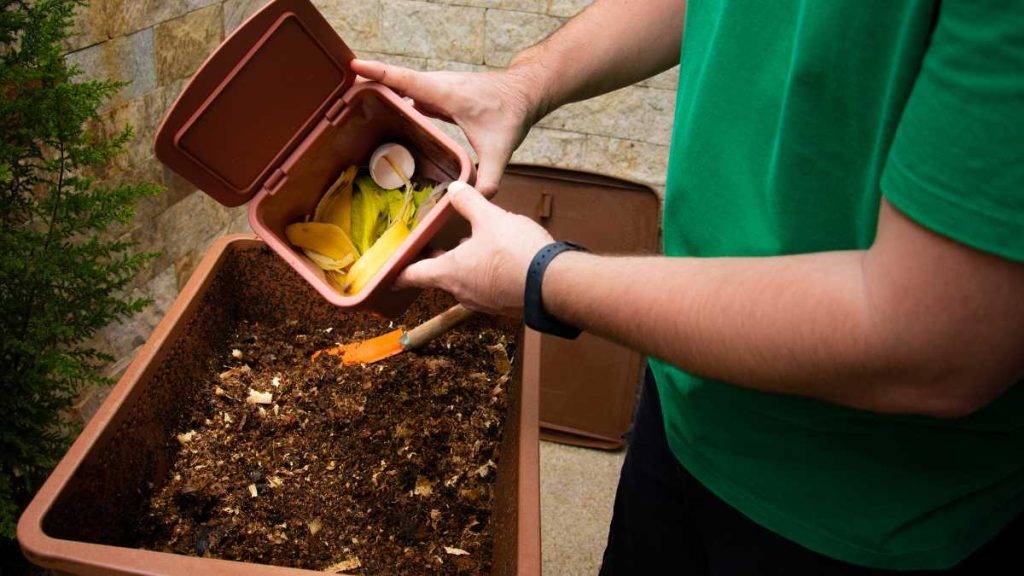
When choosing landscaping materials for seniors, it’s important to consider their specific needs and limitations. For example, if a senior has mobility issues, you may want to avoid materials that are difficult to walk on or require frequent maintenance. By choosing practical and safe materials, you can create a beautiful and functional garden that seniors can enjoy for years to come.
Considerations for Maintenance and Upkeep
When designing a landscape for seniors, we need to consider the maintenance and upkeep of the garden. As we age, it can become more difficult to maintain a garden, so it’s important to choose plants and features that require minimal upkeep.
Low Maintenance Landscaping
One of the best ways to reduce maintenance is to choose low-maintenance plants. These plants require less water, fertilizer, and pruning, which means less work for us. Some examples of low-maintenance plants include succulents, lavender, and ornamental grasses.
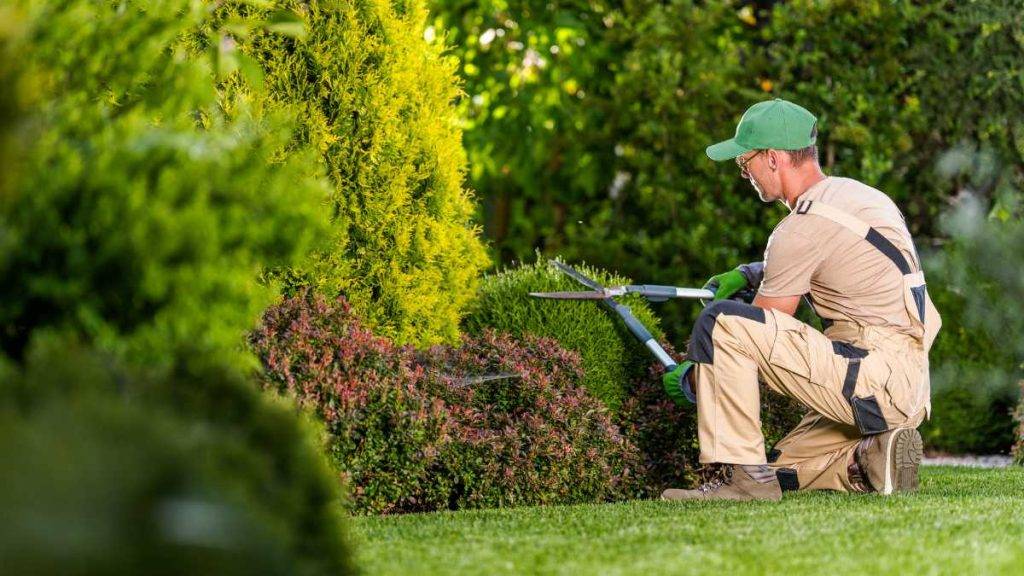
Another way to reduce maintenance is to minimize the amount of lawn in the garden. Lawns require regular mowing, watering, and fertilizing, which can be time-consuming and expensive. Instead, consider using groundcovers, mulch, or gravel to create a low-maintenance landscape.
Automatic Watering System
Watering is one of the most time-consuming tasks in the garden, but it’s also one of the most important. Plants need water to survive, so it’s essential to keep them well-hydrated. An automatic watering system can help to reduce the amount of time and effort required to water the garden.
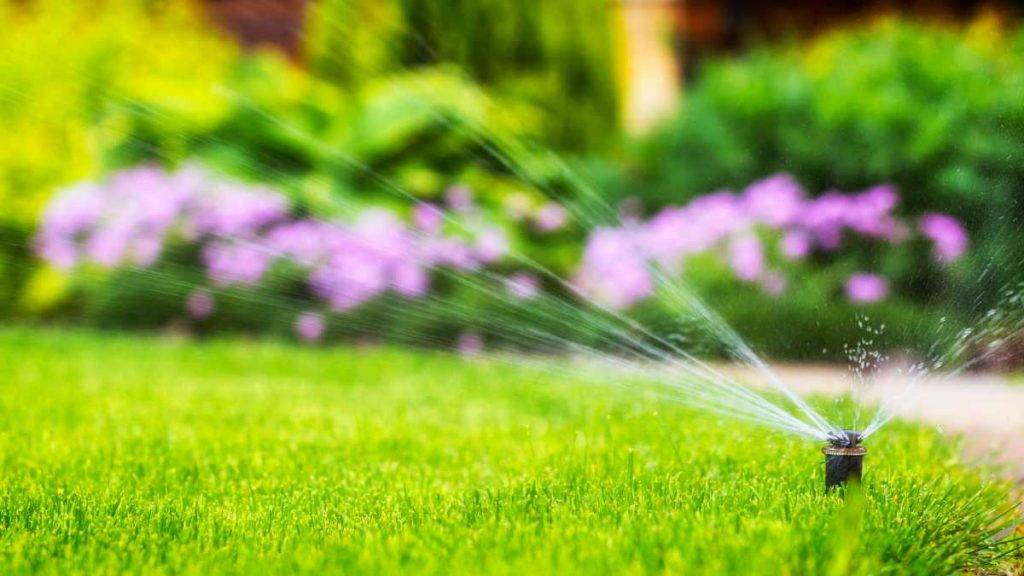
There are several types of automatic watering systems available, including drip irrigation, sprinklers, and soaker hoses. Drip irrigation is a great option for plants that require regular watering, such as vegetables and flowers. Sprinklers are ideal for larger areas, such as lawns, while soaker hoses are best for plants that need deep watering, such as trees and shrubs.
Other Tips
Here are some additional tips to help reduce maintenance and upkeep in the garden:
- Use mulch to help retain moisture and suppress weeds.
- Choose plants that are resistant to pests and diseases.
- Group plants with similar watering and sunlight requirements together.
- Use raised beds or containers to reduce bending and kneeling.
- Consider hiring a professional landscaper to help with maintenance tasks.
By considering these factors when designing a landscape for seniors, we can create a beautiful and functional garden that requires minimal maintenance and upkeep.
Adding Structure with Pergolas and Walkways
As we age, mobility can become an issue. Adding structure to your outdoor space can help seniors navigate their yard with ease. Pergolas and walkways are two great ways to add structure to your yard while also providing aesthetic appeal.
Pergolas
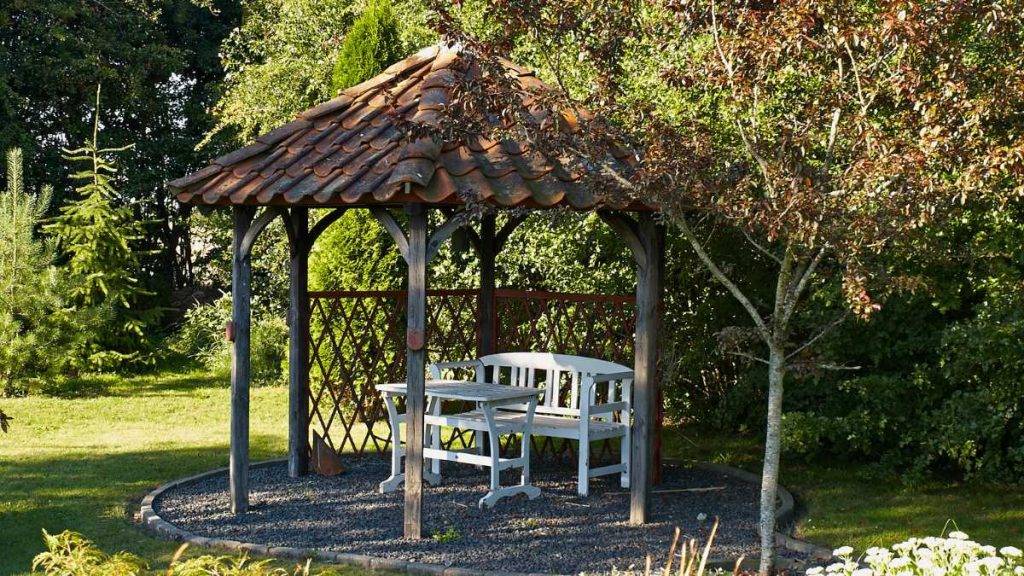
Pergolas are a great addition to any yard. They provide shade and add a touch of elegance to your outdoor space. Pergolas can be made from a variety of materials, including wood, vinyl, and metal. Wood is the most popular choice as it is durable and long-lasting.
When designing your pergola, consider the size and shape of your yard. A larger yard may require a larger pergola, while a smaller yard may only need a small pergola. The shape of your pergola can also vary. Traditional pergolas are square or rectangular, but you can also opt for a circular or oval shape.
Walkways
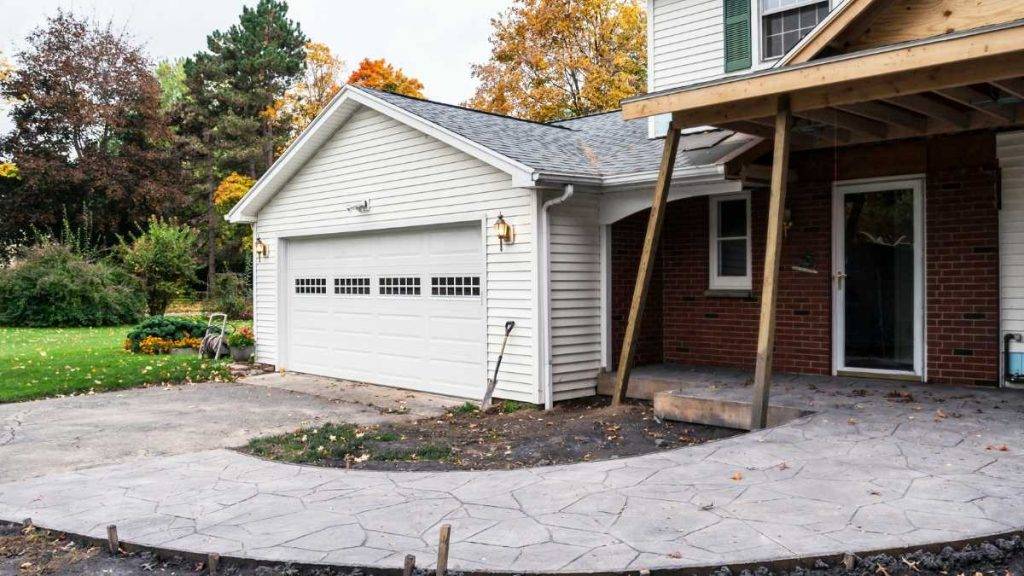
Walkways are another great addition to your outdoor space. They provide a clear path for seniors to navigate their yard. Walkways can be made from a variety of materials, including concrete, brick, and stone.
When designing your walkway, consider the overall aesthetic of your yard. A brick walkway may look out of place in a modern yard, while a stone walkway may not fit in with a traditional yard. The width of your walkway is also important. A wider walkway is easier to navigate for seniors with mobility issues.
In conclusion, adding structure to your outdoor space with pergolas and walkways can help seniors navigate their yard with ease. When designing your pergola or walkway, consider the size, shape, and materials used to ensure it fits in with the overall aesthetic of your yard.

